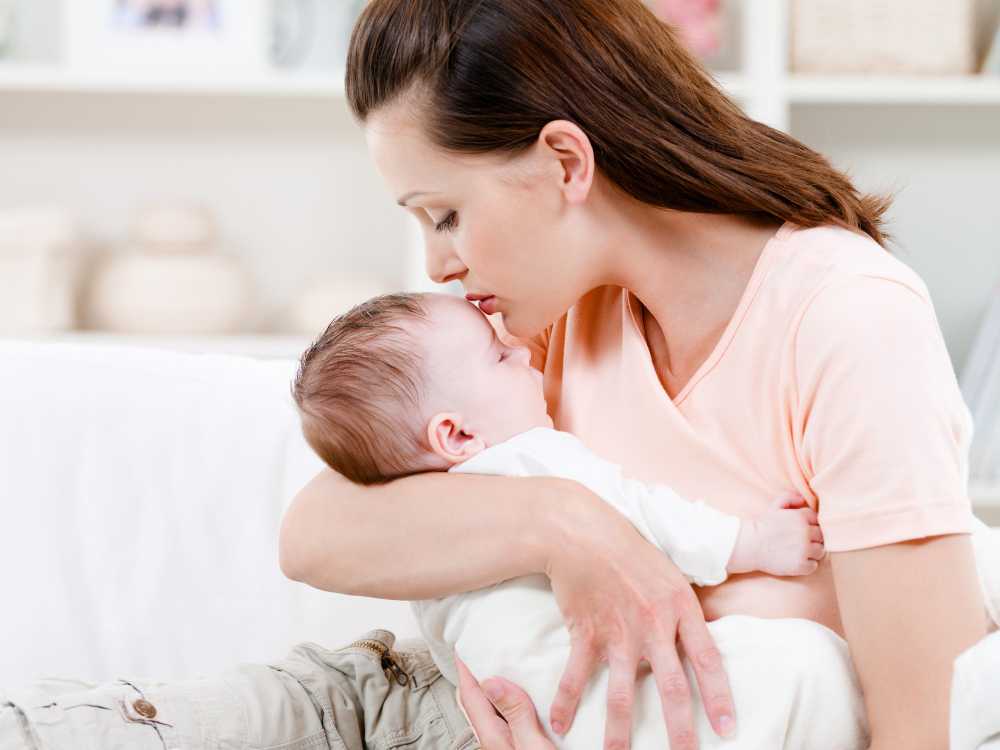Introduction:
Water play is more than just a fun and refreshing activity for children; it’s a powerful tool for
promoting crucial developmental milestones.
From splashing in puddles to pouring water into containers, these seemingly simple
actions contribute significantly to a child’s physical, cognitive, and social development.
Fine Motor Skills: The Art of Pouring:
Engaging in water play, especially pouring activities, helps children refine their fine motor
skills.
Pouring water from one container to another requires precision and control, enhancing
hand-eye coordination and manual dexterity.
These actions lay the foundation for more intricate tasks later in life.
Sensory Stimulation: Splashing into a World of Sensations:
Water play provides a rich sensory experience for children.
The tactile sensation of water on their skin, the sound of splashing, and the visual
perception of water movement stimulate various senses simultaneously.
This multisensory engagement fosters sensory integration, improving a child’s ability to
process and interpret information from their environment.
Cognitive Development: Concepts in Action:
Splashing and pouring involve basic scientific concepts such as cause and effect, volume,
and gravity.
Through hands-on water play, children learn these principles experientially, laying the
groundwork for future academic success.
Moreover, observing how water behaves in different situations encourages curiosity and a
natural interest in science.
Social Skills: Collaborative Water Play:
Water play often takes place in group settings, providing an excellent opportunity for
children to develop social skills.
Sharing water toys, taking turns, and working together to create imaginative water
scenarios fosters cooperation and communication.
These social interactions contribute to the emotional intelligence and interpersonal skills
crucial for navigating relationships in later life.
Emotional Regulation: Splish-Splash Serenity:
Water play has a calming effect on children, aiding in emotional regulation.
The soothing nature of water can help alleviate stress and anxiety, promoting a sense of
well-being.
This emotional balance is vital for a child’s overall mental health and resilience in facing
life’s challenges.
Conclusion:
Water play transcends mere entertainment; it’s a holistic developmental tool for children.
Whether it’s the pouring of water to refine motor skills or the sensory exploration of
splashing, these activities contribute significantly to a child’s physical, cognitive, and social
growth.
So, the next time you see a child reveling in water play, know that they are not just having
fun – they are actively engaging in a profound learning experience that shapes their
developmental journey.











